The sexual revolution has already become legendary. Contrary to popular belief, the contraceptive pill was not responsible for everything. The feeling of freedom, willingness to experiment, faith in the power of manifestation and ... naked actors - this is the true picture of those times.
From today's perspective, the 1960s are seen as a time of change. People began to pay attention to themselves and seek their own identity. Minorities took up the fight for the right to equal treatment. Citizens increasingly manifested their dissatisfaction in the streets. And I stopped being ashamed of my fascination with sex.
Medical phrase
The foundations of the revolution can still be seen in the 1950s. Some people even point to the second decade of the last century. The entry into use of the aforementioned pill in 1960 only sped it up. Women no longer had to rely on condoms and other drastic methods of contraception. For the first time, they gained real control over getting pregnant. Together with their partners, they could indulge in erotic fantasies.
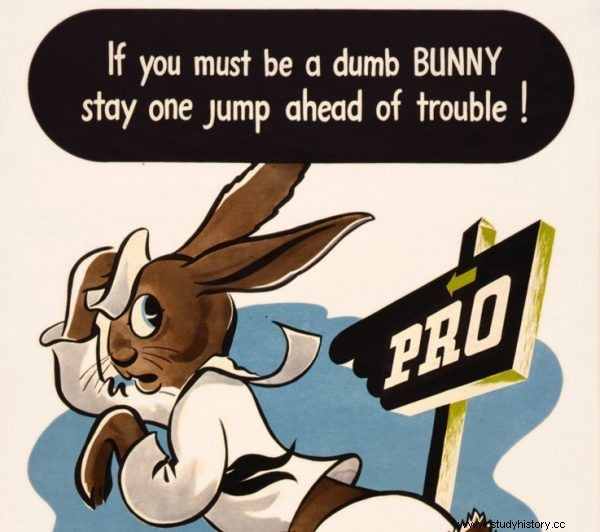
Americans appreciated condoms already during World War II. They could be obtained in preventive centers, or "pro" (source:public domain).
The increase in the sexual activity of society inspired scientists to study the intimate sphere more closely. The most important of them are Virginia Johnson and William Masters, who study the nature of human orgasm as well as various types of sexual dysfunction. The private and professional life of a pair of scientists has been recently portrayed in the series "Masters of Sex".
This production is complemented in a way by "Party", a series that uses a fictional story to capture the spirit of the times. Free love flourished in the eponymous town of Imprezowa, a small town in the suburbs of Chicago. Fans of this idea did not enter into long-term relationships, visited swingers clubs and had many partners - often simultaneously.
Promiscuity was not, however, the main message of the free love movement. In fact, she was never even promoted by him. It has become rather a by-product of his actions. The original goal of the movement was to separate sex from the law, and thus the complete separation of the intimate sphere from the rulers. It was up to the citizens to decide for themselves who to sleep with and when they would become parents.
(in) cultural phenomena
Sexual issues also began to make its presence felt more and more strongly in culture - both in cinema, in literature and in theater. Interestingly, not only hastily written erotica became popular, but also previously known novels, but re-published in an uncensored version.
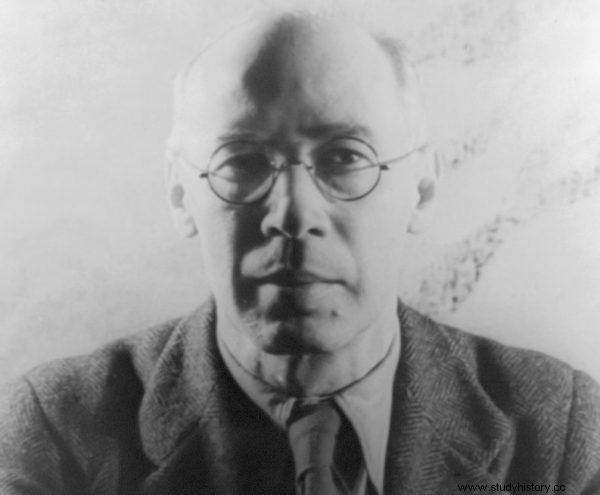
Henry Miller, author of the Tropic of Cancer, lived long enough to wait for his work to be read freely (source:public domain).
Americans could finally read "Lady Chatterley's Lover" and "Tropic of Cancer" with its spicy moments, pre-cut. The "Fanny Hill Diaries", an eighteenth-century novel considered to be the first English-language pornographic prose, published for the first time in the States, also made a considerable career in the 1960s.
Eroticism was everywhere. “Oh! Calcutta "- an avant-garde revue, which not only consisted of sketches on sex, but also envisaged actors running completely naked on the stage of the theater in the script.
This article has more than one page. Please select another one below to continue reading.Attention! You are not on the first page of the article. If you want to read from the beginning click here.
Nevertheless, the cinema was undoubtedly the most popular and the most popular. Americans, bored with conservative Hollywood, were enchanted by the achievements of European directors. Michelangelo Antonioni and Jean-Luc Godard became new trendsetters - American audiences occupied cinemas to watch the iconoclastic "Adventure" and the equally unprecedented "Contempt". Brigitte Bardot has become a real icon, and due to the popularity of the trend known as the French new wave and the progressive social changes, she has become an international sex symbol.
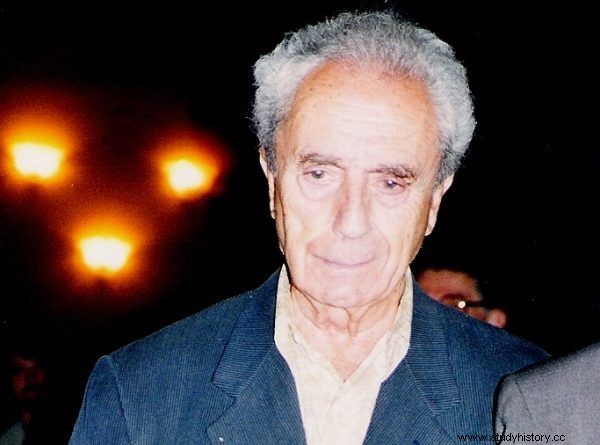
Michelangelo Antonioni has become a true trendsetter. Photo from 2007 (photo:Elena Torre, license CC BY-SA 2.0).
The American industry tried to imitate Europeans and also offer lovers of the tenth muse something related to sex. In 1969, the Oscar in the most important category for the best film was won by "Midnight Cowboy", a drama starring Jon Voight about a male prostitute. It was the first time in the history of the Film Academy an award for a film marked with an X (meaning "adult only"). Three years later, American society in its own way raised Woody Allen with the famous "Everything You Wanted To Know About Sex But Were Afraid To Ask."
Dramas and comedies with erotic threads are not everything. The sexual revolution led to the widespread theatrical distribution of even pornographic films. Productions of this type entered the mainstream more and more boldly, an example of which could be the beginning of porn chic "Mona the Virgin Nymph" or "Blue Movie" by Andy Warhol. However, "Deep Throat" starring Linda Lovelace in theaters was the most successful.
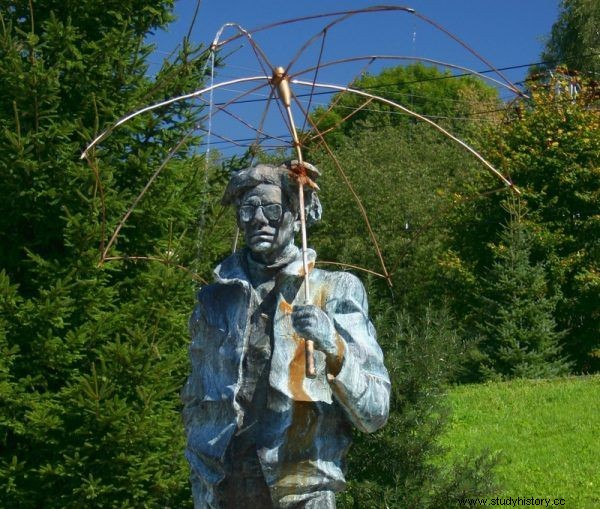
Andy Warhol was involved not only in painting Campbell's soup cans, but also in directing pornographic films ... Monument in Medzilaborce, in front of a museum dedicated to his art.
Not only sex
The changes in the 1960s were not just about sex, many things were transformed in society. More interest groups followed the followers of free love into the streets, openly demonstrating their views and demanding tolerance for their ideals or principles. Virtually everyone manifested, which is why the sexual revolution is sometimes referred to as a moral revolution.
The snowball effect happened very quickly. The protests of one organization inspired two others to undertake similar actions. On the posters - apart from free love - there were slogans calling for ending the ongoing war in Vietnam or granting students the right to political demonstrations on campuses and restoring their freedom of speech (Free Speech Movement). It was in the 1960s that the movement under the leadership of Martin Luther King flourished, the largest so-called marches to freedom, which led to the passing of the Civil Rights Act and reducing the level of discrimination against African Americans.
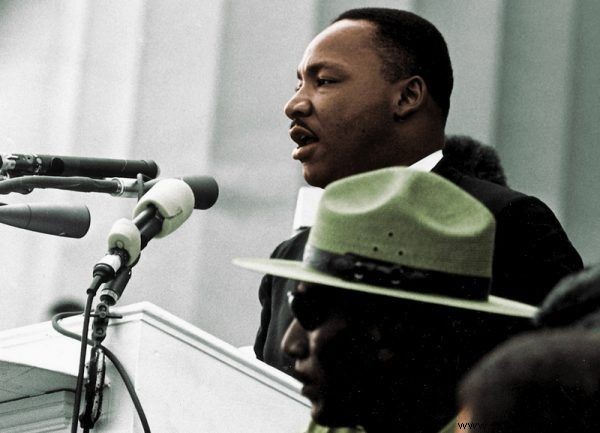
Martin Luther King during a speech where the famous words "I Have a Dream" were uttered (source:public domain).
Feminists and racial and sexual minorities also fought for their rights. At the end of the decade, the first large-scale LGBT protest took place. Playing at the gay club Stonewall Inn at the time of the police raid - which happened in such places very often - instead of handing themselves over to the police, they decided to show their disapproval. Their resistance led to riots and, consequently, to the beginning of the global movement to fight for LGBT rights…
As you can see, not only - and maybe not even primarily - it was about the contraceptive pill. The sexual revolution changed the face of American society, and with it all the inhabitants of the globe. Not in one day and one night, not through one invention and event, but through a system of communicating vessels - scientific inquiry, cultural accomplishments, and social courage. In the 1960s, the world changed, that's for sure. Only that, contrary to the common name, it is not the way of revolution, but evolution.
"Party" from January 24 on CBS Europe:

